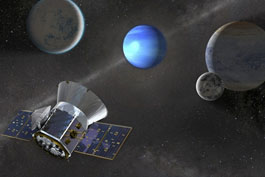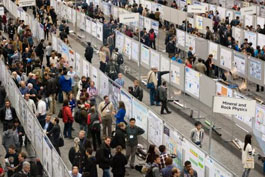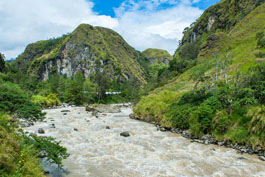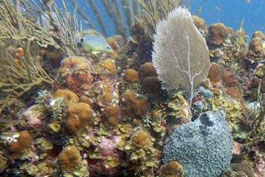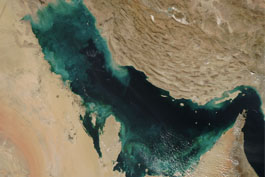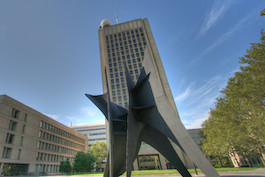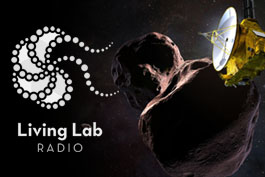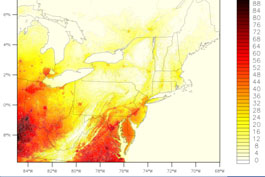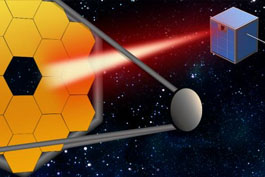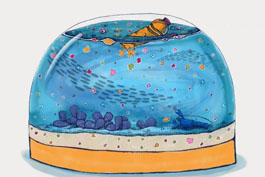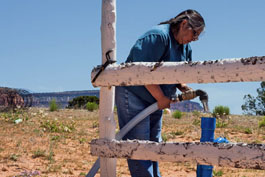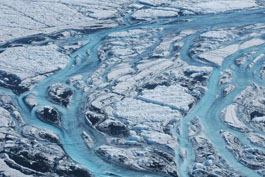
Greenland Ice Sheet Melt 'Off the Charts' Combining ice core records with satellite imaging and climate models, a new study including MIT-WHOI Joint Program student Matt Osman finds surface melting across Greenland’s mile-thick ice sheet began increasing in the mid-19th century and then ramped up dramatically through to present day, showing no signs of abating.
First Glimpse of Ultima Thule with Rick Binzel
Professor Binzel sat down with Living Lab Radio to explain the science and significance of the historic New Horizons flyby of the farthest object ever visited by a spacecraft. Modeling Climate Risk Where it Hits Home Long-term assessment of climate impacts can help municipalities and local economies prepare for the effects of climate change. Using a high-resolution regional model, Research Scientist Muge Komurcu, along with Professor Kerry Emanuel and colleagues, projects a dramatic increase in annual high-heat days in the Northeast by century’s end.
Laser Vision for CubeSats
Professor Kerry Cahoy and colleagues are harnessing the power of lasers to push the envelope of what's possible with these incredibly cost-effective, shoebox-sized orbiters. Read more from the latest headlines: Tracking a Snow Globe of Microplastics
This is the second in a three-part article series about how graduate student Sam Levang and researchers at Woods Hole Oceanographic Institution are trying to understand the fate of microplastics and their impacts on marine life and human health.
Terrascope 2022: Navajo Water Security The future of the Navajo Nation depends on clean water, but the area is vulnerable to drought and many water sources are contaminated. Watch the students of Terrascope 2022 make presentations of solutions that blend cutting-edge technology with traditional Navajo practices and culture. Leading the Way for Engaged Geoscience Geoscientists play a critical role in addressing societal challenges related to natural hazards, climate change, the environment, energy, and resource issues. Professor Noelle Selin and colleagues consider the role of colleges and universities in helping to support and encourage geoscientists to engage communities and policy makers. |
|
Want more EAPS News? https://eapsweb.mit.edu/news
The Department of Earth, Atmospheric and Planetary Sciences (EAPS) at MIT is where scientists of multiple disciplines collaborate to understand the Earth, Planets, Climate, and Origins of Life.
|
|
| Copyright © 2019 Department of Earth, Atmospheric and Planetary Sciences Massachusetts Institute of Technology 77 Massachusetts Avenue, 54-918, Cambridge, MA 02139-4307 eapsinfo@mit.edu | 617 253 2127 |


